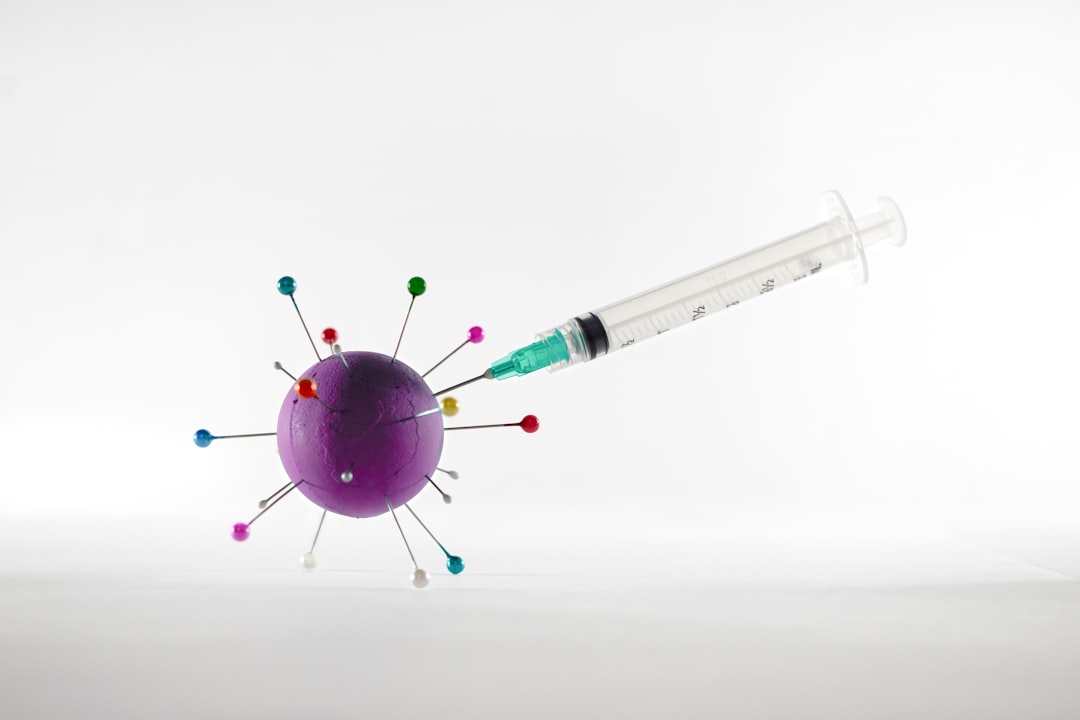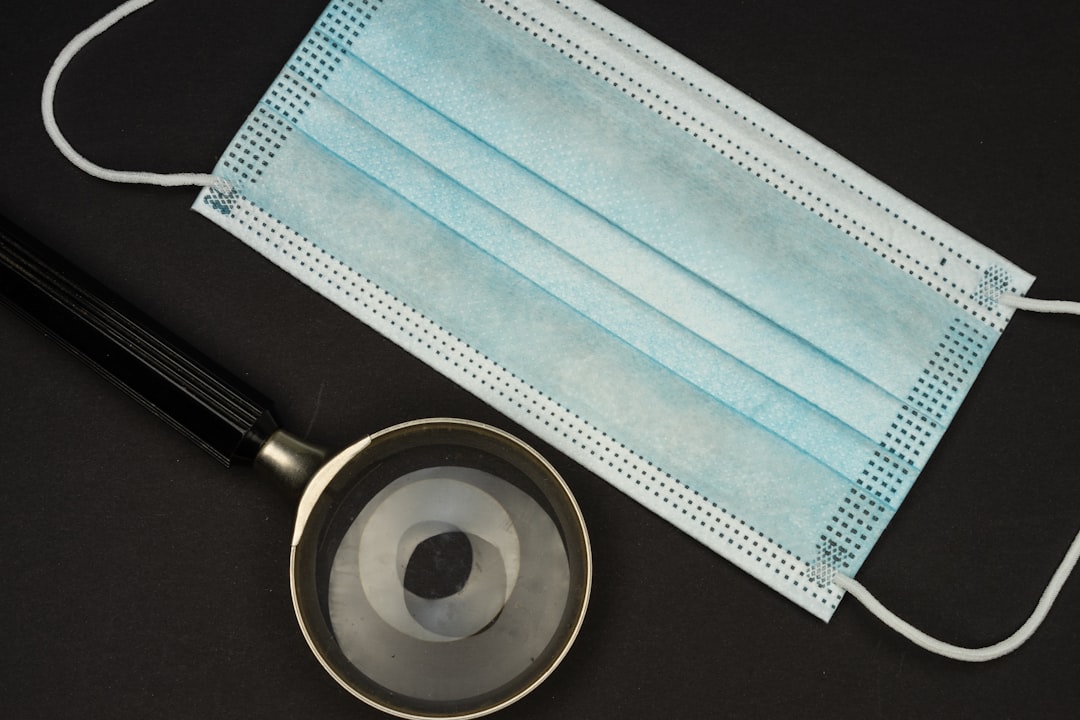What is it about?
The aim of this study was to investigate the influence of season, rainfall and air temperature on the reproductive efficiency in the Romanov breed of sheep in the continental part of Croatia during five consecutive years (2012–2016).
Featured Image

Photo by Stage 7 Photography on Unsplash
Why is it important?
Sexual activity was lowest during spring and early summer when air temperatures were above average (very and extremely warm), and sexual activity peaked from August to September, especially during extremely wet and very wet seasons. Litter size was greater during winter than in other seasons (1.70 vs. 1.54) and was significantly different as compared to each of the selected years of the study period. There was a statistically significant difference in the number of pregnant ewes between mating seasons. Most female Romanov lambs born during winter and early spring mated in late summer or autumn and delivered at the age of 1 year or earlier. The seasonal distribution of matings and lambing was not uniform throughout the seasons over five consecutive years. Thus, it can be assumed that air temperature and rainfall during different seasons could affect the reproductive efficiency in the Romanov breed of sheep in the continental part of Croatia.
Perspectives
The influence of season, rainfall and air temperature on the reproductive efficiency in the Romanov breed of sheep in the continental part of Croatia during five consecutive.
Assistant Professor Dražen ĐURIČIĆ
Faculty of Veterinary Medicine, University of Zagreb, Croatia
Read the Original
This page is a summary of: Influence of season, rainfall and air temperature on the reproductive efficiency in Romanov sheep in Croatia, International Journal of Biometeorology, February 2019, Springer Science + Business Media,
DOI: 10.1007/s00484-019-01696-z.
You can read the full text:
Contributors
The following have contributed to this page










